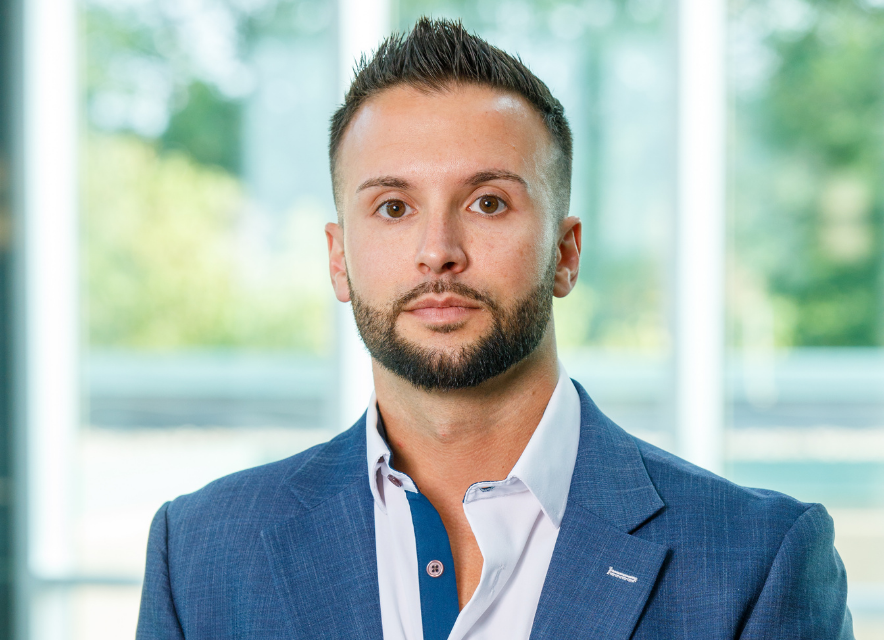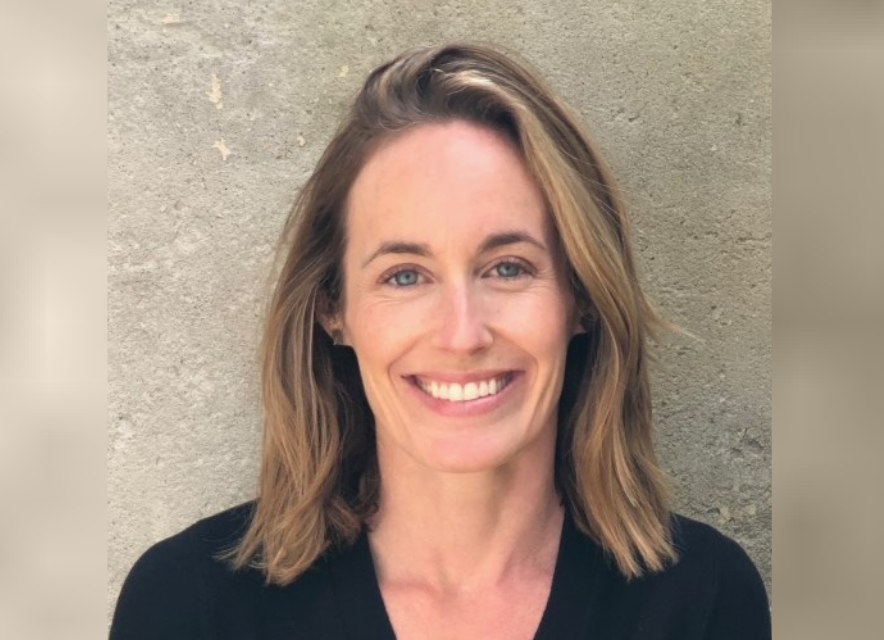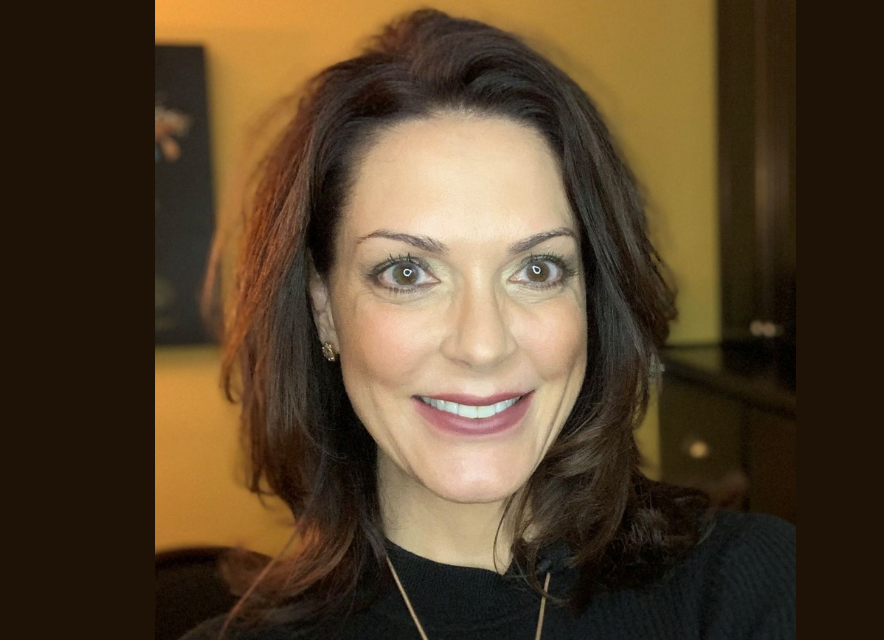Podcast: Play in new window | Download
Subscribe: RSS
In this week’s episode, we discuss the importance of describing your target audience and the challenges they face. Research shows that advisors who are very clear about the description of their ideal client, and talk about them frequently, are the ones who attract the most referrals. Specifically, we look at how you can help clientsovercome their challenges, which positions you as the go-to advisor.
Takeaway Quote:
“Get specific about who you’re looking for and the particular thing that you’re really good at solving, because it gets you into client conversations and gets you those referrals” #BecomingReferable
Show Timeline:
1:55 The pieces you need to have in place to be successful in attracting referrals
2:45 Understanding the challenges your target audience wants to overcome
6:01 Creating a strong, targeted definition of the audience
10:10 Breaking down a target vs. the niche
17:52 Incorporating conversation triggers to reinforce the problems you solve
20:32 Learning referral language and committing to being uncomfortable until you feel confident
23:34 Educating COI’s on the challenges you help clients overcome
25:48 Leveraging your team by creating a culture of refer-ability
Links:
7 Ideas to Make Your Virtual Client Advisory Board Work
Evelyn Zohlen on Becoming a Magnet for Your Ideal Clients
Joe Martin and Alex Katz on the Value of a Client Persona
You May Find This of Interest:
A Hidden Driver of Client Engagement
Want more?
Stephen Wershing:
Website: https://clientdrivenpractice.com
LinkedIn: https://www.linkedin.com/in/stephenwershing/
Twitter: @swershing
Julie Littlechild:
Website: www.absoluteengagement.com/blog
LinkedIn: https://www.linkedin.com/in/julielittlechild/
Twitter: @jlittlechild
Episode Transcript:
Steve Wershing:
Welcome to Becoming Referable, the podcast that shows you how to become the kind of advisor people can’t stop talking about. I’m Steve Wershing. Research shows that advisors who talk most frequently about the description of their target clients get the most referrals. Julia and I, in this episode, will talk about how to talk about your target client. We’ll talk about the importance of talking not just about the description of that client, but about the challenges they face and how you have a unique solution to help them overcome those challenges. We’ll talk about how to give people memory triggers so that you can jog their memory and remind people to refer you when they find someone that would be really good for you. We talk about who to say it to and how? There are lots of good tips in this episode that if you incorporate them, will help you become more referable. And so, here’s my conversation with Julie about clarifying your message.
Julie Littlechild:
Hey, Steve. It’s you and I this week.
Steve Wershing:
Hey, Julie.
Julie Littlechild:
Looking forward to it as always.
Steve Wershing:
I love talking with you, you know that.
Julie Littlechild:
I know, I know. This is some of our best brainstorming when we get to just have these communications.
Steve Wershing:
That’s right.
Julie Littlechild:
One of the things which has been an interesting theme through so many different podcasts that we’ve done, whether it’s ours or whether it’s guests, is around the target audience, it keeps coming up as this theme. And I know you and I both see this idea of really knowing your target market. Being able to articulate who they are and what you do for them as maybe one of the most foundational elements of having a strong referral program. That’s the focus for today, but maybe I could just start there. I mean, what do you think? Is this one of the pieces that you need to have in place if you’re going to be successful?
Steve Wershing:
Absolutely. Well, and that’s what we found in the last study that you and I did was one of the things that was most closely associated with getting a lot of referrals is talking about the description of the client that you wanted to get as often as possible. The firms that talked about who their client was most frequently, tended to get the most referrals. Knowing who you want is, yes, I think it’s foundational and it’s supported by that research.
Julie Littlechild:
Well, and there’s two parts to what you said, there’s the knowing who I want. I could think about that all day long and I could write it on a white board, but if I don’t tell anybody, then we’ve got a bit of a disconnect. So, why don’t we just start there? What do you think advisors need to think about when it comes… the first thing when it comes to knowing their target. How do they get there?
Steve Wershing:
Well, how they get there is to develop that profile of that client, but I really want to stress something. And in our discover coaching process, we spent a lot of time on this and that’s not just the description of the target client, but the challenge that they face. People don’t respond because, “Oh, I’m trying to communicate with a 45-year old female thoracic surgeon.” But they connect with somebody because you’re communicating an intimate knowledge of a challenge that is on their mind, something that they want to overcome. And that’s what people connect to. And that provides all kinds of opportunities for developing messages and for giving people triggers that would remind them of you. So, it’s not the description of the person, but it’s really fundamentally the challenge that they face.
Julie Littlechild:
Yeah. It’s an interesting point. I know one of the exercises we’ve gone through with advisors is just really simple, right? The ideal client at the center, almost a hub and spoke and then around that, just what are all of the key challenges they’re facing? How do you take advisors through that process to really get deep on that?
Steve Wershing:
We are now StoryBrand certified. I’m a StoryBrand certified guide. And so, there’s that process that we use for that. And we talk about three levels of challenge. There’s the external, the internal, and the philosophical. And without going into too much depth, the external is pick something, pick a particular action that they have to take, or a decision that they have to make, or a strategy that they know that they need, that’s the external challenge, that’s where we begin. But then, drilling down into that is how do they feel about it? That’s the internal challenge. Because it’s the feeling that’s driving them, that’s motivating them. It’s not just the left-brained knowledge that they need to solve a problem, but it’s the underlying feeling that’s really driving them.
But then, if you can drill that even farther down into the philosophical, which is why is it just wrong that you have to face that? If you communicate to the internal challenge by talking from the philosophical point of view, you deserve and be confident about your retirement plans, you deserve to have a solution to this problem, that’s what will get people to say, “Yeah. That’s right. That’s right. I deserve that.” And then, you’re in a conversation where you become the obvious choice for the person who needs that solved.
Julie Littlechild:
Yeah. That’s a good point because there are so many internal, emotional barriers and obstacles that people face. And if you can help them even label that or acknowledge it, I think you’re ahead of the game. And I know you talk a lot about getting very specific, right? Is that what you mean or are there other elements? When you think about this ideal target, let’s assume you’ve gone through this process of truly identifying their challenges, what else do we need to do to get specific about that ideal or target?
Steve Wershing:
Yeah. It’s focusing your messaging on that primary challenge. And we should be clear that does not mean that that’s the only thing you can do for people. But focusing on that particular person, on the particular description, and then extending that to the particular challenge or scenario that you helped them get through, that’s how you open up the conversation. You can do all kinds of things for them beyond that, but that’s how you get into the conversation. And ultimately, that’s how you get referred. It’s like, “Oh, you’ve got that problem. I know a woman who can help you with that.” That just makes referrals so much easier. And so, you really want to get specific about who you’re looking for and that particular thing that you’re really good at solving, because it gets you into those conversations and gets you those referrals.
Julie Littlechild:
Yeah. And I think that’s a challenge for… And it’s not just advisors. I know I’ve gone through this with my own business where there’s so much we can do. And even getting down to… for us, it was the four key problems that we solve, right? And it took a lot to get down to that. Can you think of any examples of firms or organizations that you’ve seen really get a good targeted definition?
Steve Wershing:
Well, there’s somebody that I had coached a while ago that we use as an example, periodically. And mostly because it worked so well for him and it worked so quickly. And that was somebody who was in an area where there was a lot of tech industry and his target was young tech professionals. And the tech industry, they have a lot of upheaval, and the ground is constantly shifting, and companies are getting bought and sold. And so, it can be a real challenge for people’s career plans in those industries. And so, what we found was something that people responded to was to have freedom. And so, we really focused on younger professionals who didn’t really have a lot of reserve yet. They’re still fairly young in their careers, and they hadn’t built up a whole lot of reserves, and they didn’t have a whole lot accumulated. They had a great income but they didn’t have a lot accumulated.
And so, the external challenge was how do I get enough of a reserve that if anything happened, I wouldn’t immediately be in a big financial problem. And the feeling that went behind that was that they wanted the freedom. They wanted the ability to not have to be nervous about that all the time. And so, what we taught that advisor to say was, “I help young tech professionals in this metropolitan area get their financial freedom by coaching them to their first million and beyond.” And we chose million for a specific reason, and we won’t go into a lot of that, but that was an emotional trigger for them. And so, that was one thing that worked exceedingly well. So, instead of talking about being a financial advisor or providing the education for young professional, we talked about achieving the freedom and using that trigger of that million dollar amount. And it got him in… It was really easy to get into conversations for him once he had mastered that one.






Leave A Comment